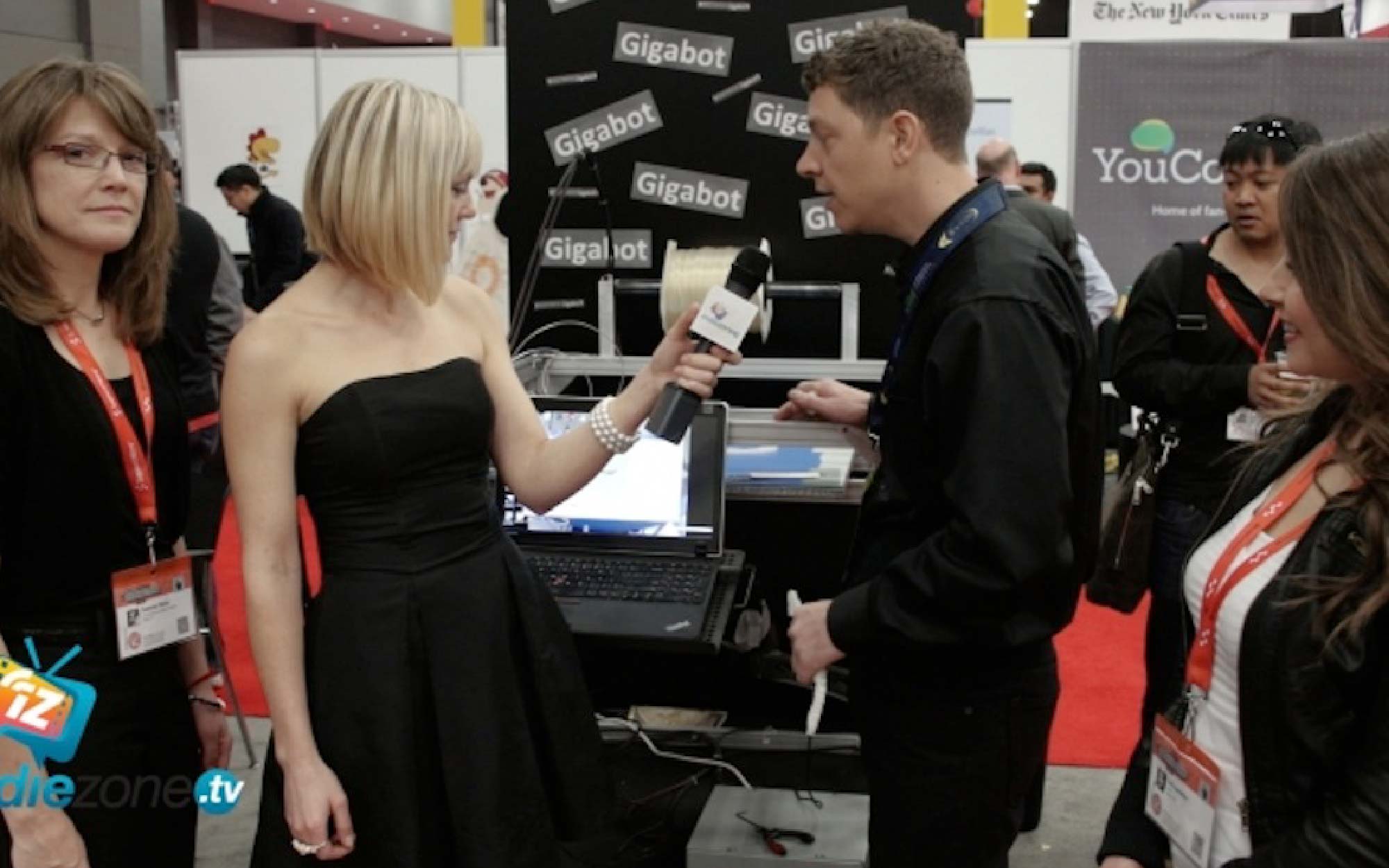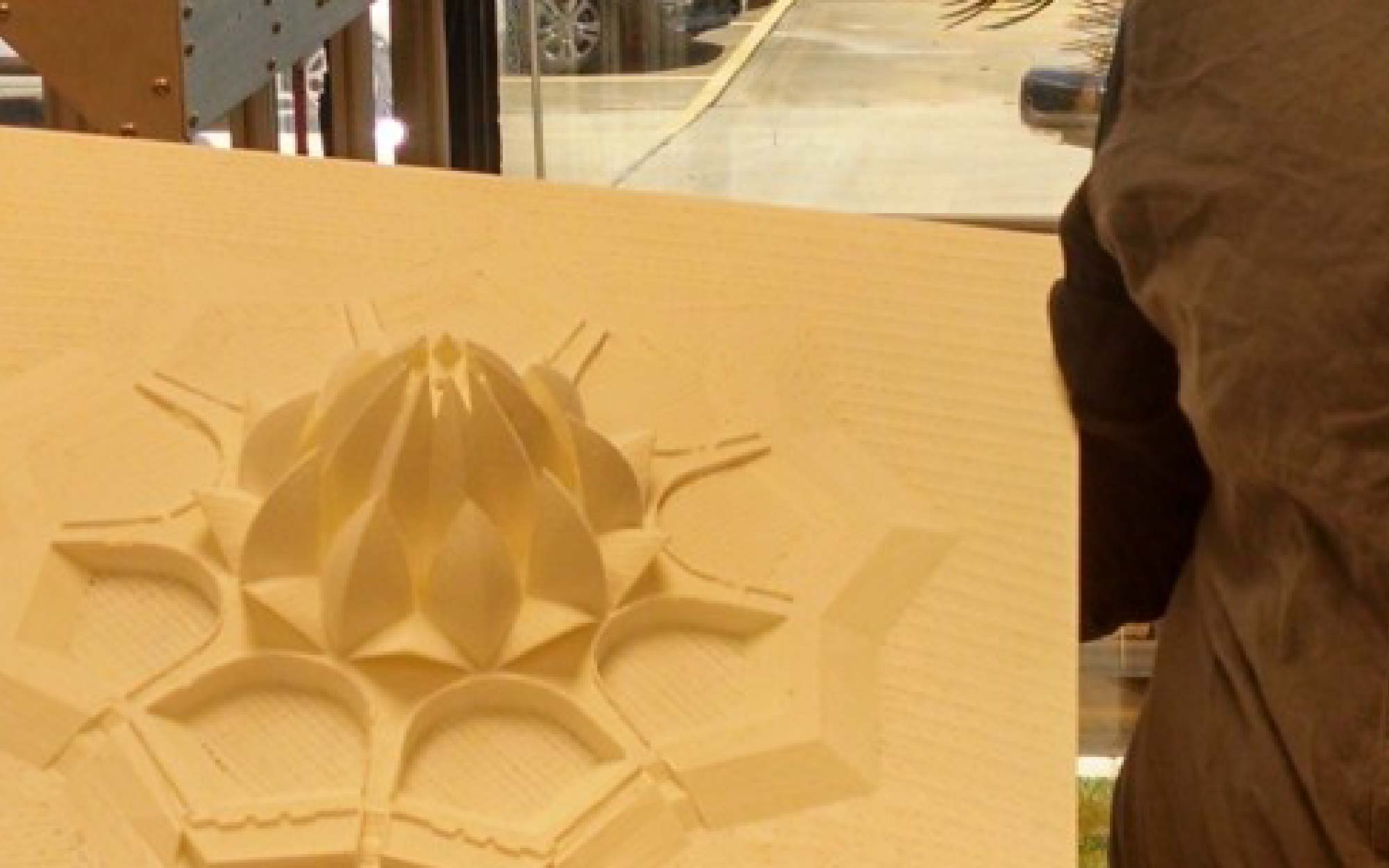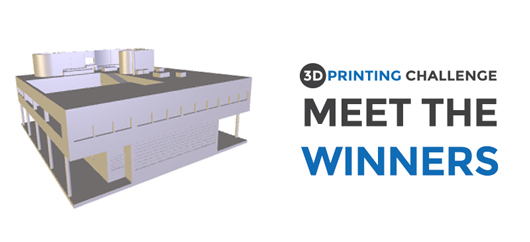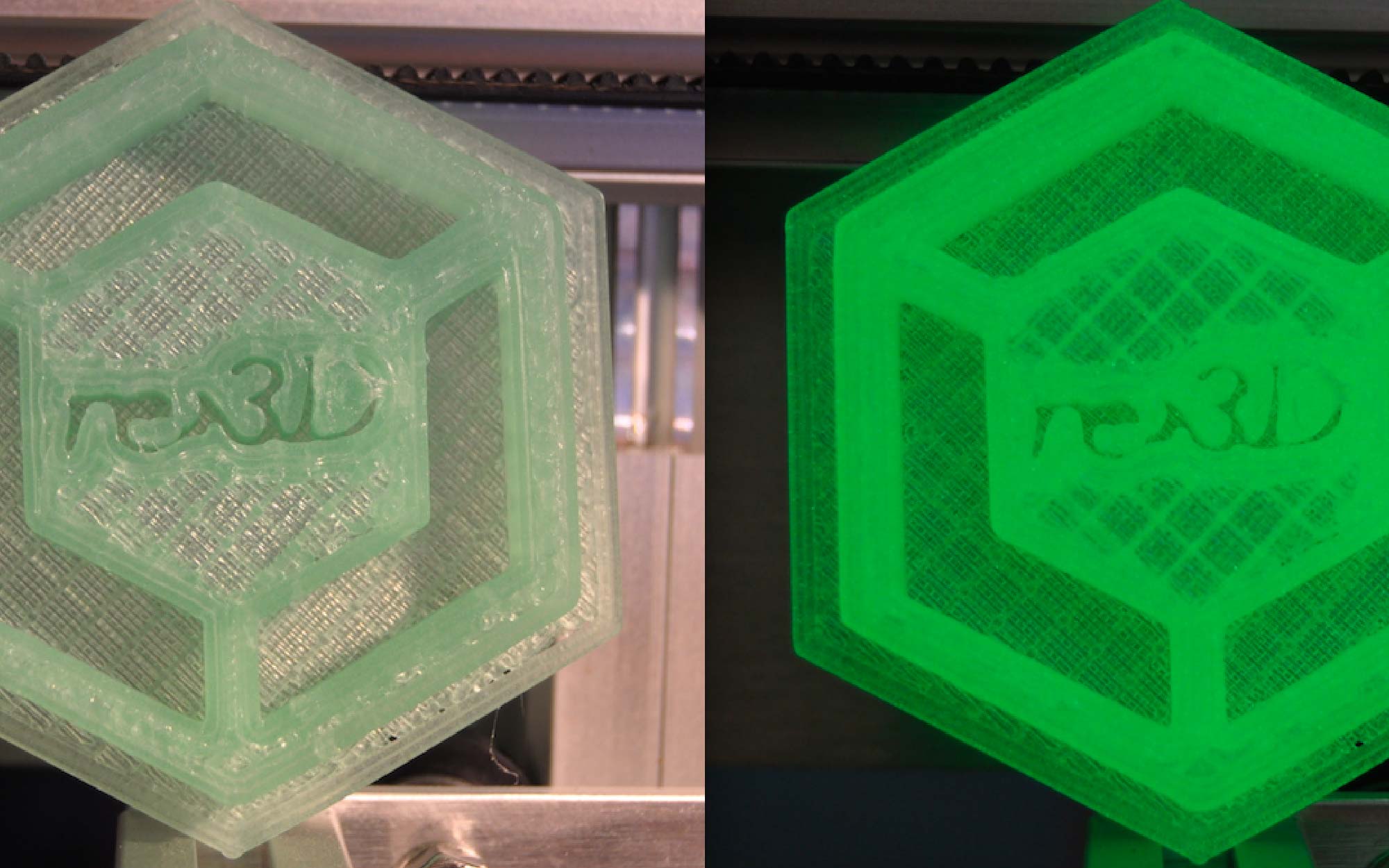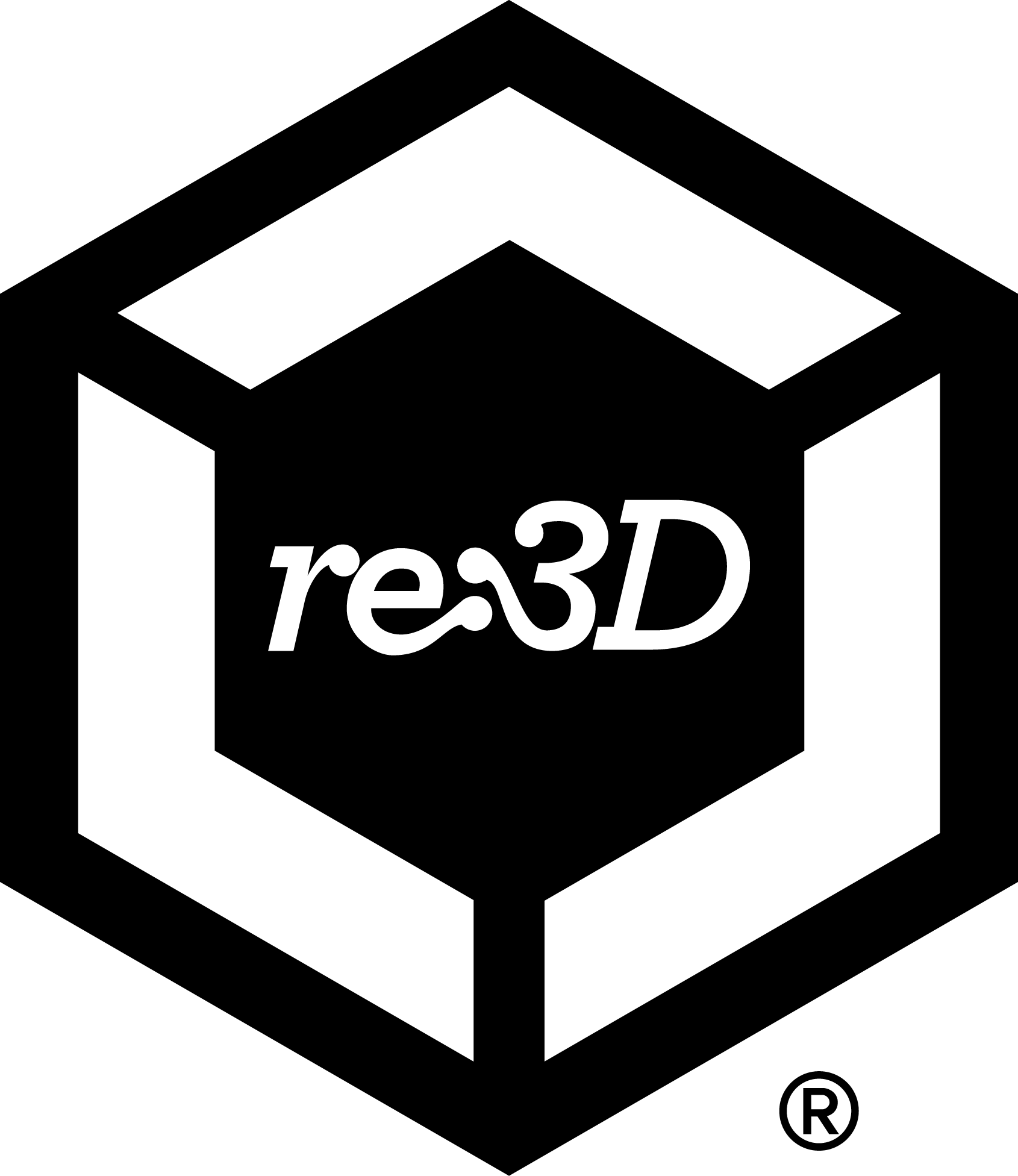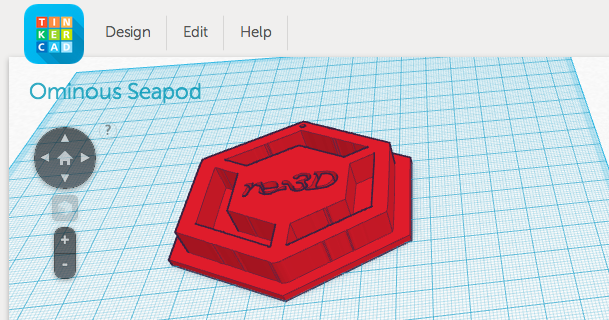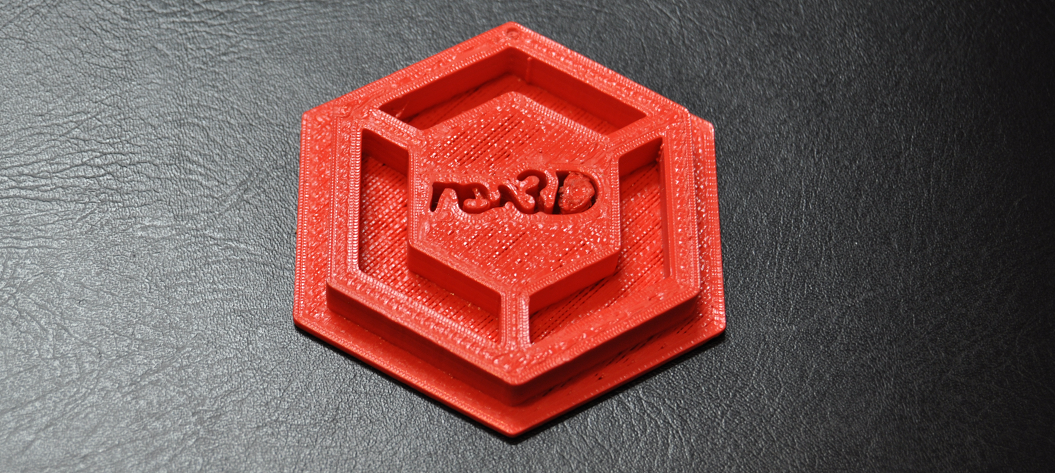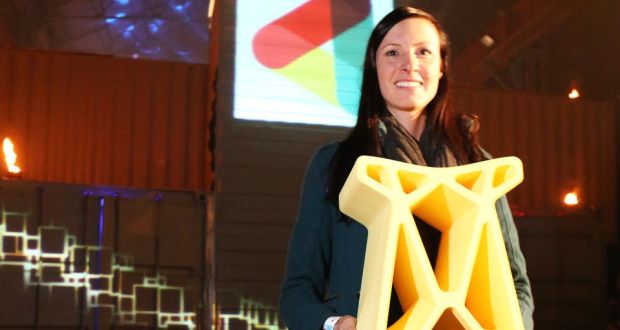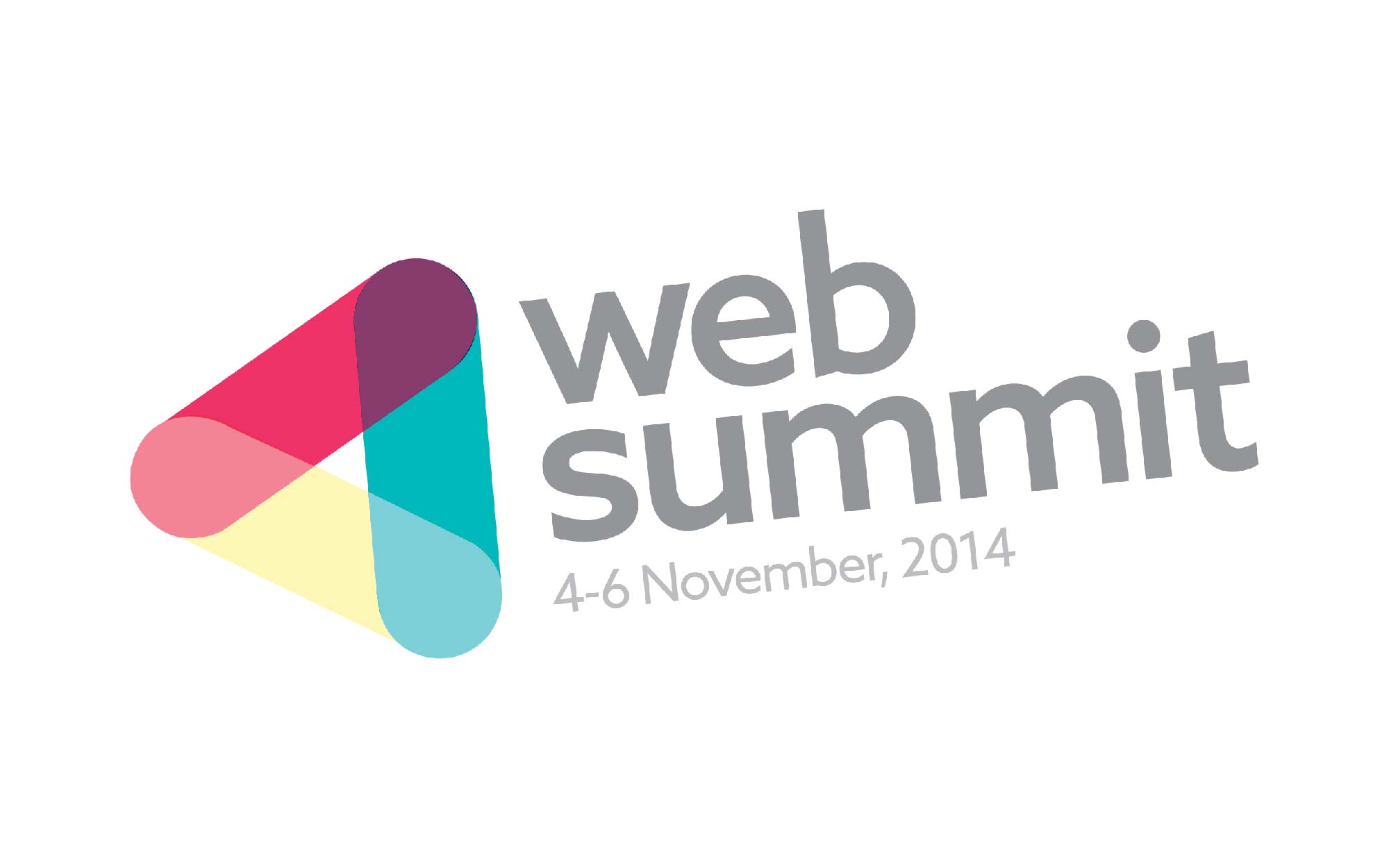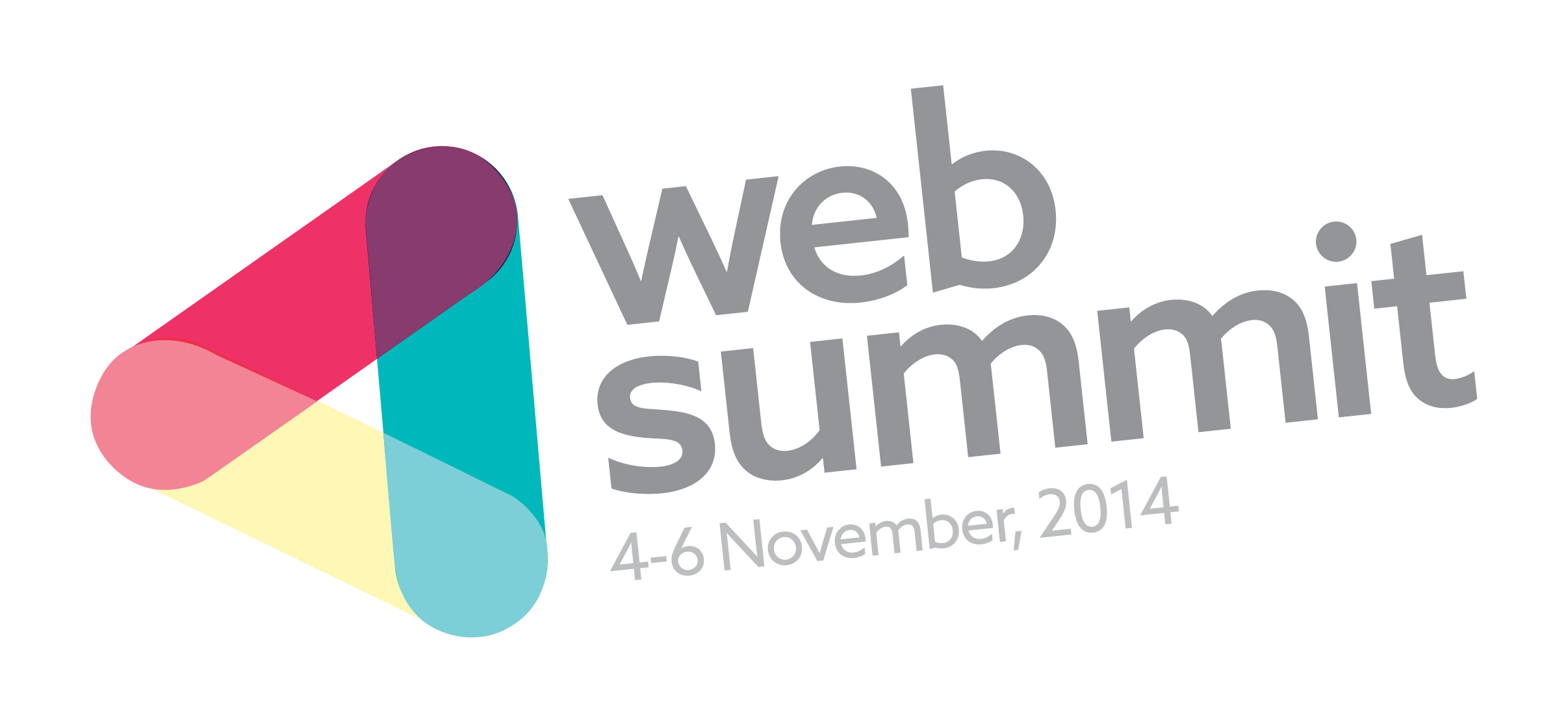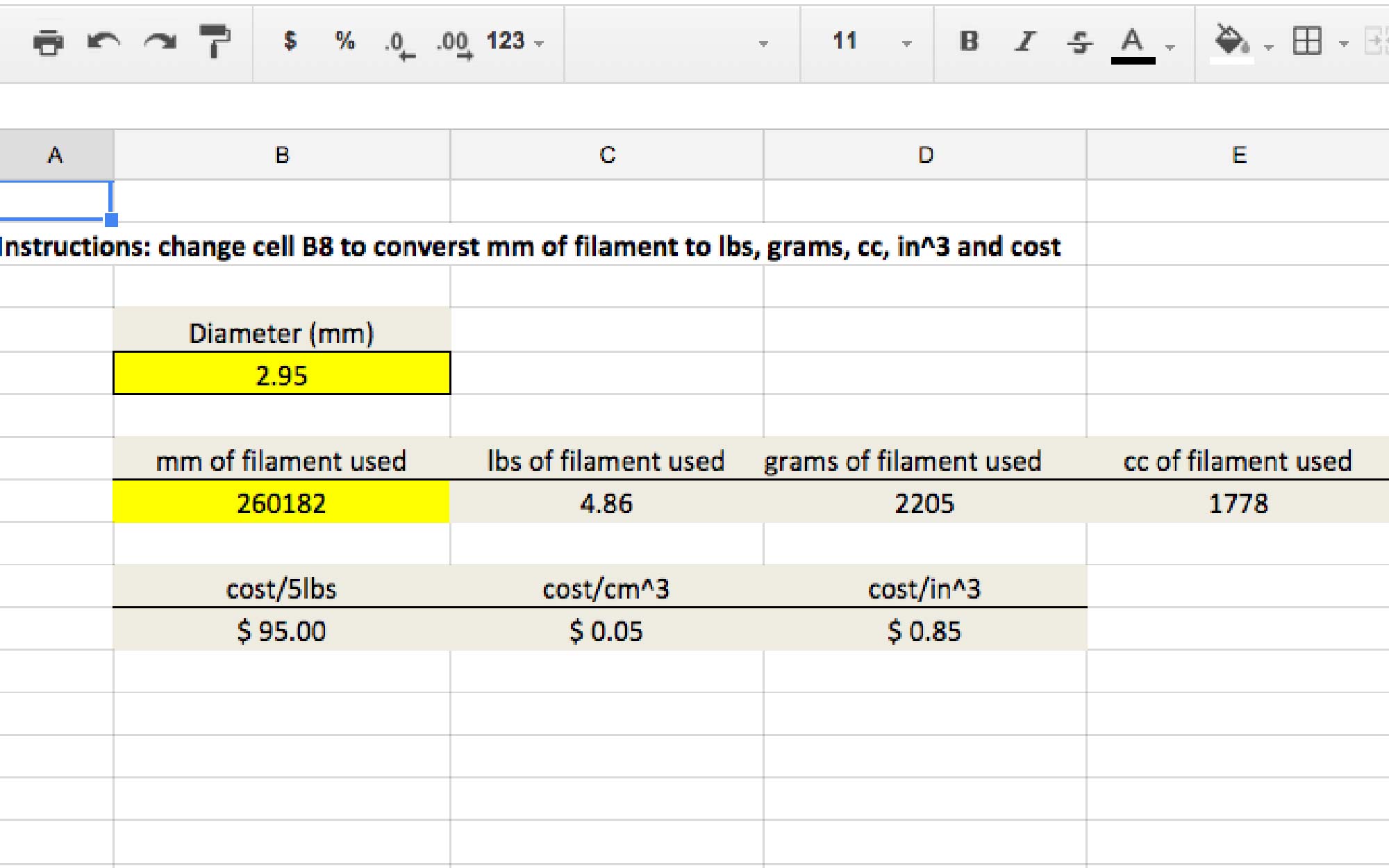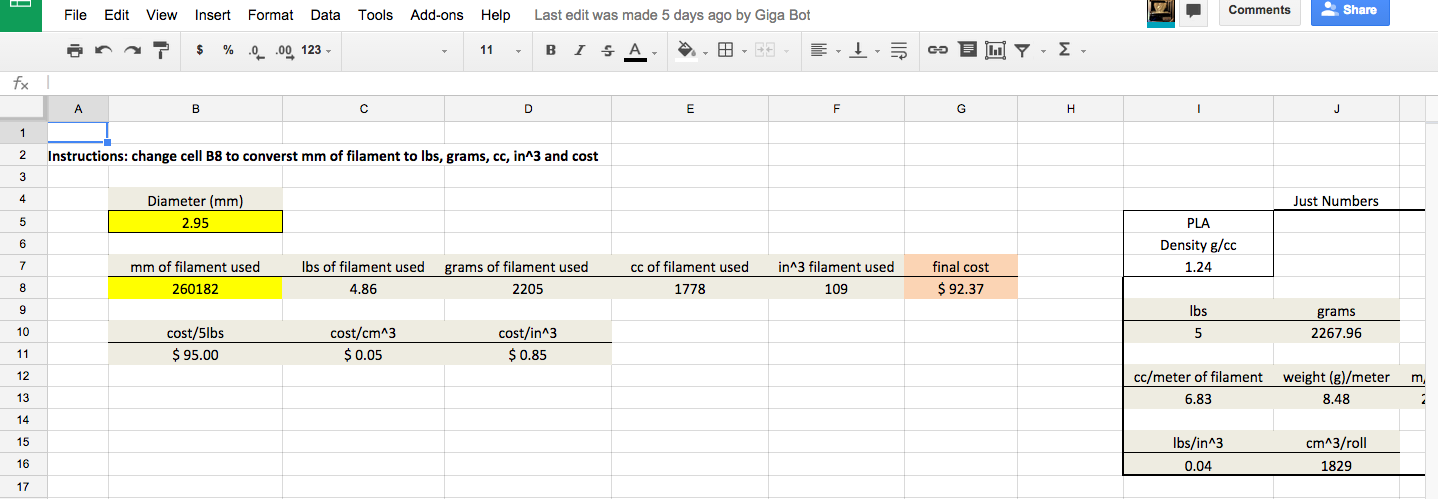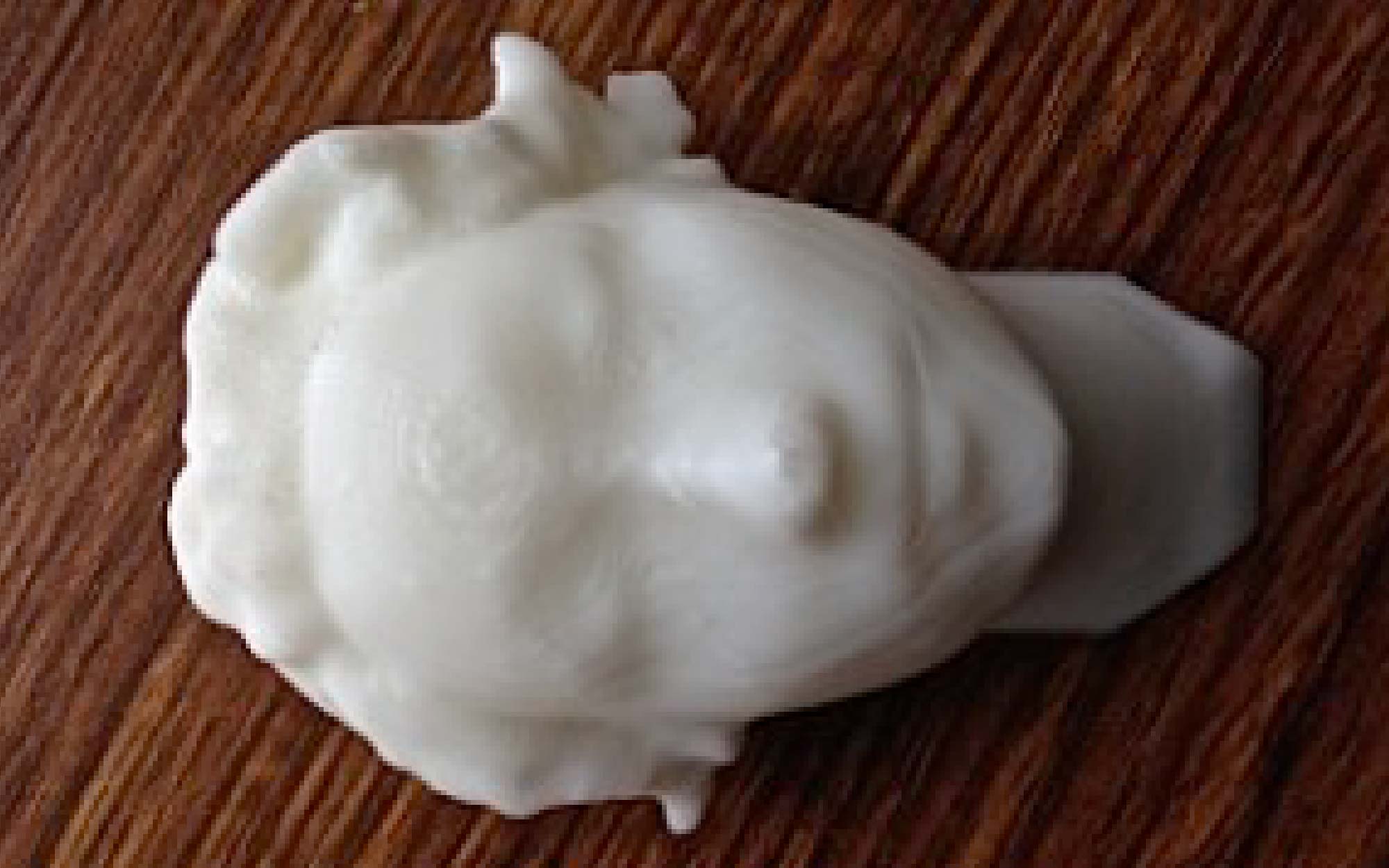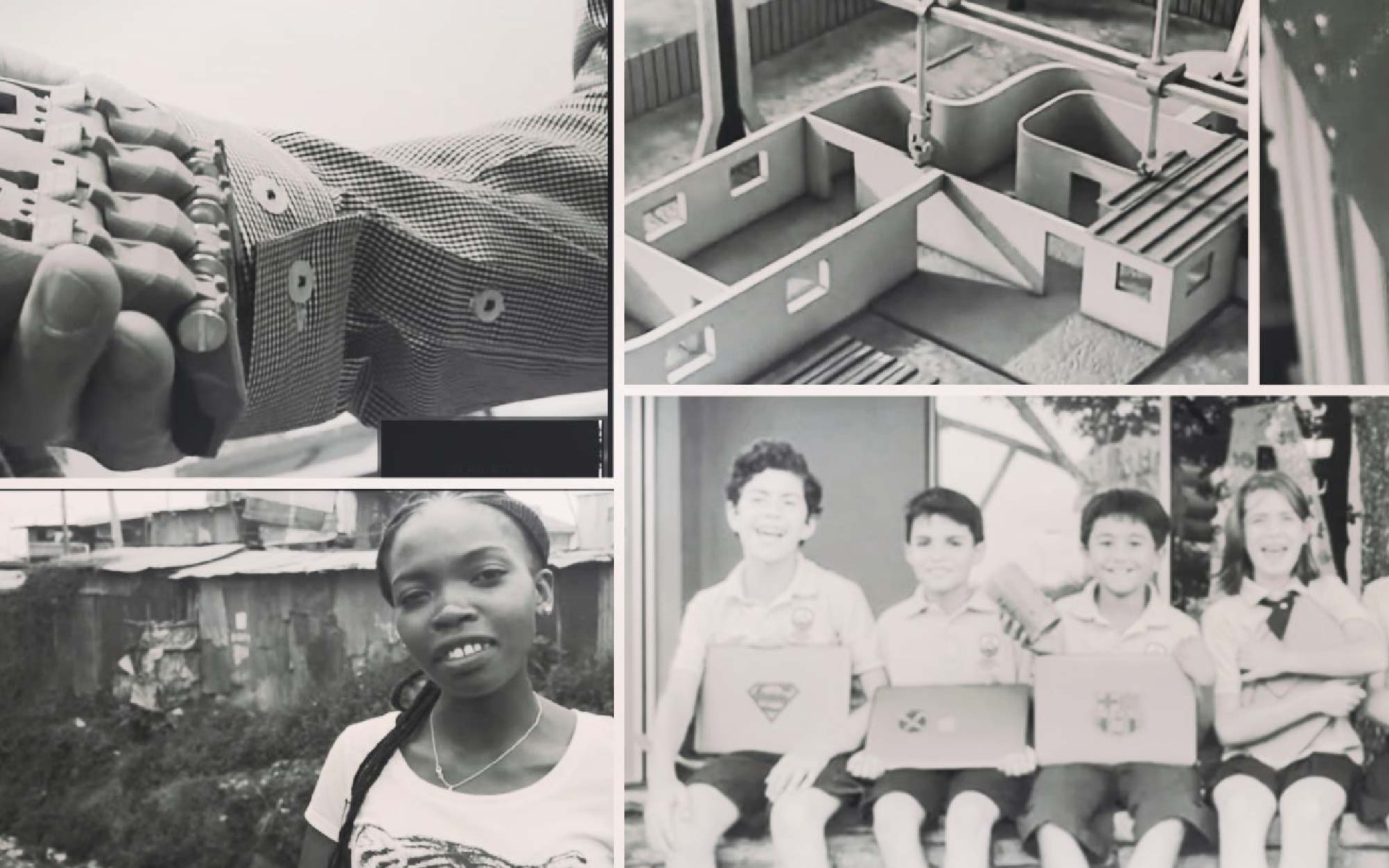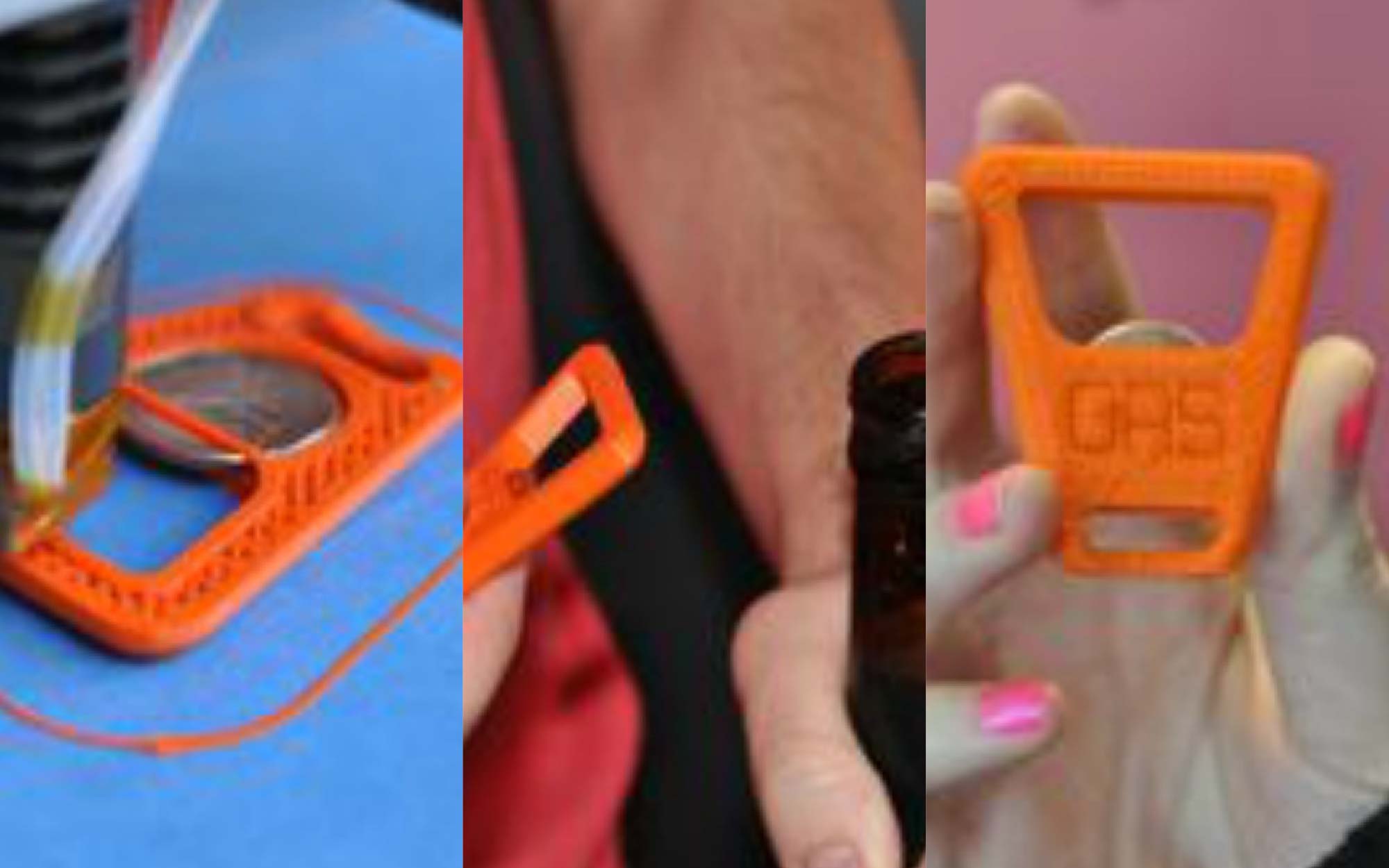Recently, our Resident Blogger Sunny took the time to interview a few folk at re:3D. Below is what they had to say.

Lara Jeremko, FinanceBot
Three words to describe yourself.
optimistic, goal-oriented, resourceful
What is your favorite 3D printing project that you’ve done or seen done in the past?
NY fashion week runway prints
What would you print with super large-format Gigabot+10,000? (10m cubed–it’s bigger than a football field)
A hospital & medical equipment
What is your filament of choice?
Ninja Flex
It’s the Great Big Gigabot Giveaway Time Machine Edition–if you could give the 1000th Gigabot to anyone in any epoch, who would you give it to and why?
I would give a Gigabot to build bio domes on Mars!
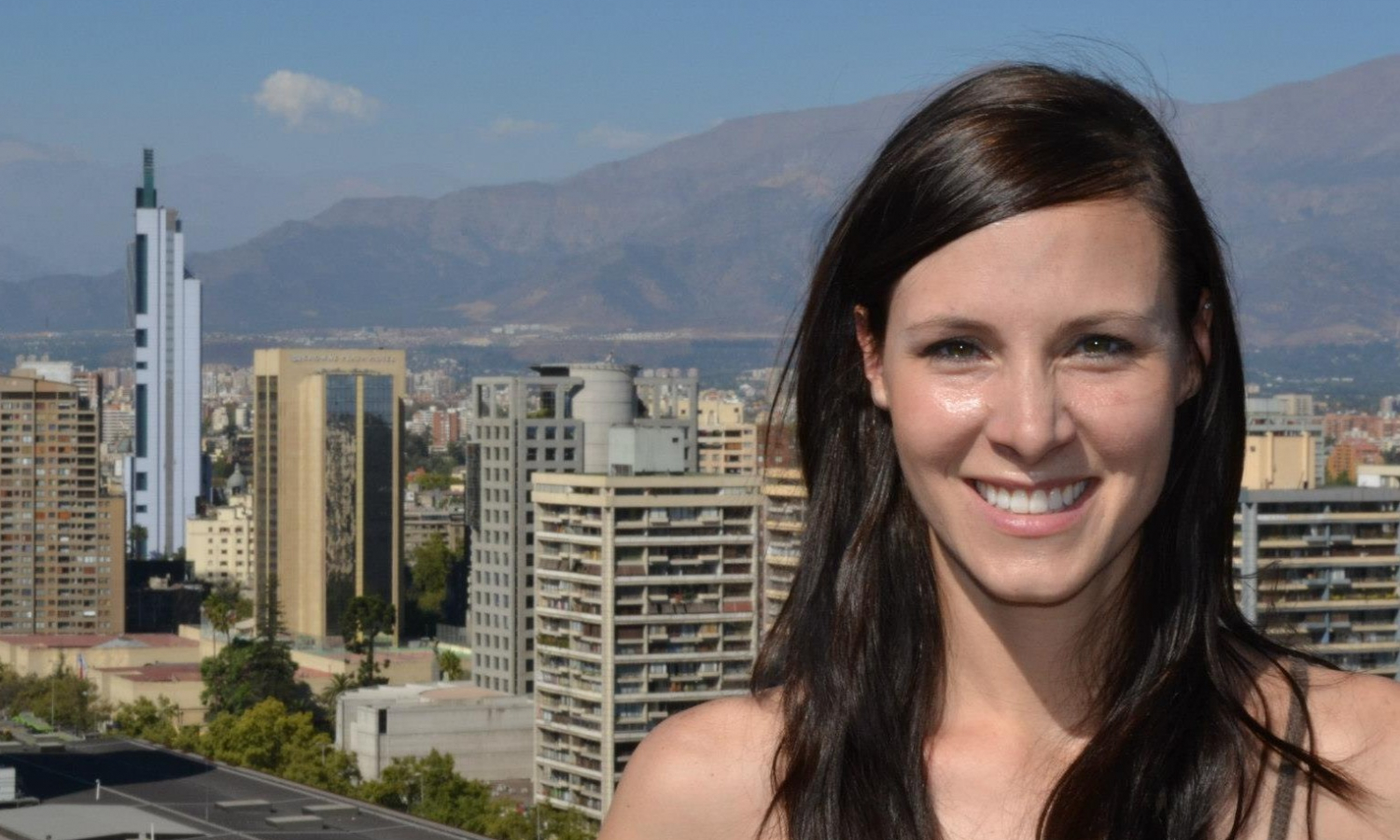
Samantha Snabes, Catalyst
Three words to describe yourself.
Work In Progress
What is your favorite 3D printing project that you’ve done or seen done in the past?
Printing a urinal for a slum in Chile in 2013
What would you print with super large-format Gigabot+10,000? (10m cubed–it’s bigger than a football field)
Temporary housing for refugees
What is your filament of choice?
Plastic trash and food waste (especially pineapple!)
It’s the Great Big Gigabot Giveaway Time Machine Edition–if you could give the 1000th Gigabot to anyone in any epoch, who would you give it to and why?
Henry Ford- would love to get his feedback and see how it might have further influenced manufacturing in Detroit
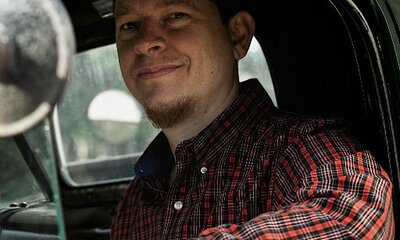
Matthew Fielder, Chief Hacker
Three words to describe yourself.
Working Working Working
What is your favorite 3D printing project that you’ve done or seen done in the past?
Printing check sockets for lower limb amputee
What would you print with super large-format Gigabot+10,000? (10m cubed–it’s bigger than a football field)
Rainwater collection barrels
What is your filament of choice?
High strength and blended materials
It’s the Great Big Gigabot Giveaway Time Machine Edition–if you could give the 1000th Gigabot to anyone in any epoch, who would you give it to and why?
Mother Teresa
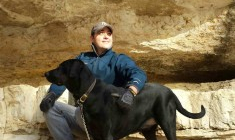
Erik Hausmann, Technology Innovation Officer (Innovation Ninja)
Three words to describe yourself.
Passionate. Fun. Pineapple.
What is your favorite 3D printing project that you’ve done or seen done in the past?
My favorite 3D printing project was printing a large rendition of the front face of the Notre Dame de Reims Cathedral in Reims, France for Disney Imagineering. My second favorite was a fully working printed-as-one-piece foot-wide planetary gearset. I then broke the gearset by demonstrating its durability by dropping it on concrete 20+ times from head height at Engadget Live. Luckily, I just printed another one.
What would you print with super large-format Gigabot+10,000?
Given that size, I’d say printing a football field would be a nice start. After that, I’d probably print a spaceship.
What is your filament of choice? (3mm PLA, string cheese…does not have to be realistic)
Unicorns.
It’s the Great Big Gigabot Giveaway Time Machine Edition–if you could give the 1000th Gigabot to anyone in any epoch, who would you give it to and why?
Sam Snabes. She started the company and still doesn’t have one yet. After Sam, probably Norman Borlaug in 1937. He saved about a billion people by creating dwarf wheat. I think he’d probably be able to save a lot more with a 3D printer. Oh yeah, and once he found Texas in 1984, he never left.
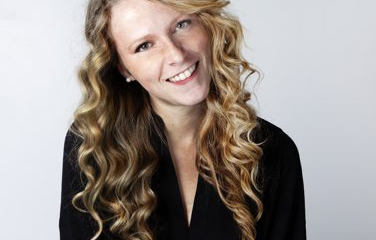
Katy Jeremko, Creative Director
Three words to describe yourself.
Curious, insightful, zany.
What is your favorite 3D printing project that you’ve done or seen done in the past?
Our first project on Gigabot – a series of 3D printed vases. They demonstrated the limitations and advantages of printing at a large scale and it was exciting to see something bigger than a breadbox made before our eyes. That was an exciting time for us and gave us the opportunity to explore, plant nuggets of inspiration, and easily distribute design.
What would you print with super large-format Gigabot+10,000? (10m cubed–it’s bigger than a football field)
Without fail, a new space shuttle for Virgin Airlines, SpaceX, and NASA. Exploration is what keeps us going forward — and we can’t let failure hold us back.
What is your filament of choice?
Copper Alloys are some of the most precious and interesting materials on our planet. They exhibit a high resistance to corrosion, are highly conductive, make delightful music, are natural anti-septics, and have a shine like no-other. That is an ideal material I would be honored to design with on Gigabot someday.
It’s the Great Big Gigabot Giveaway Time Machine Edition–if you could give the 1000th Gigabot to anyone in any epoch, who would you give it to and why?
Well, if we’re speaking hypothetically and involving time machines, Walt Disney himself. The man was a true visionary and has helped us believe bigger for generations. At the heart of it, we’re all still kids and we all still want to experience magic. 3D printing has that potential for entire communities.
Patrick Finucane, R+D
Three words to describe yourself.
Mr. Squeaker’s best friend
What is your favorite 3D printing project that you’ve done or seen done in the past?
Printing a new printer on an old printer
What would you print with super large-format Gigabot+10,000? (10m cubed–it’s bigger than a football field)
A 35ft statue of Mr Squeakers to put in my front yard
What is your filament of choice?
PLA- my wife has a nose for ABS and outlawed it…
It’s the Great Big Gigabot Giveaway Time Machine Edition–if you could give the 1000th Gigabot to anyone in any epoch, who would you give it to and why?
Someone in need
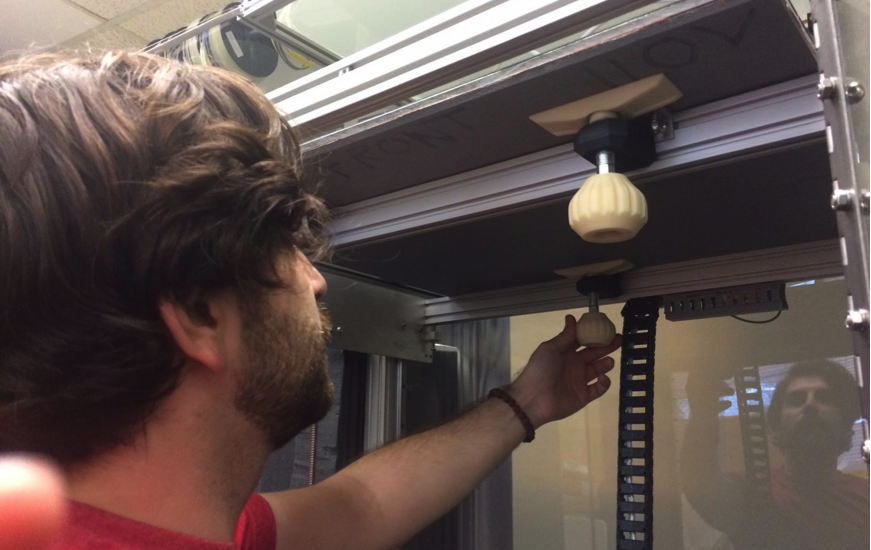
Mike Battaglia, Customer Support Manager
Three words to describe yourself.
excited, resourceful, creative
What is your favorite 3D printing project that you’ve done or seen done in the past?
Extremely inspired by the 3d printed backyard castle from Andrey Rudenko. His next step is to design and print a contemporary home. Hope to one day be a part of 3d printed housing myself.
What would you print with super large-format Gigabot+10,000? (10m cubed–it’s bigger than a football field)
Replace the slums of india with safe and modular 3d printed housing!
What is your filament of choice?
Bamboo!
It’s the Great Big Gigabot Giveaway Time Machine Edition–if you could give the 1000th Gigabot to anyone in any epoch, who would you give it to and why?
Leonardo Davinci – Can’t imagine what he could have designed with the ability to rapidly iterate.
Katy Jeremko
Blog Post Author
